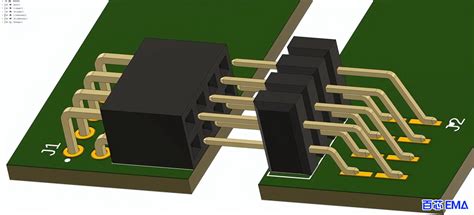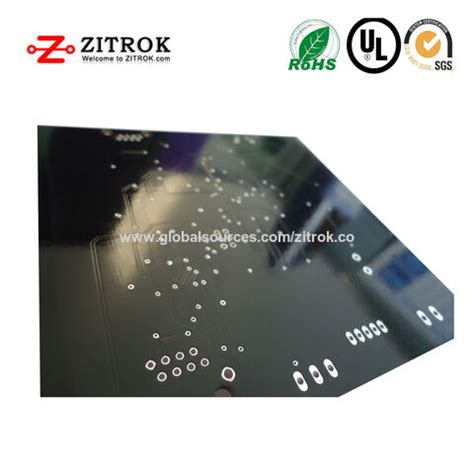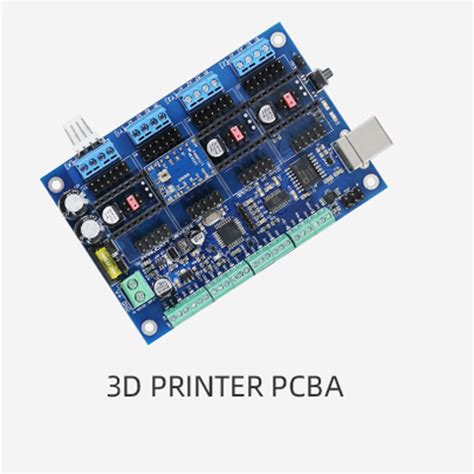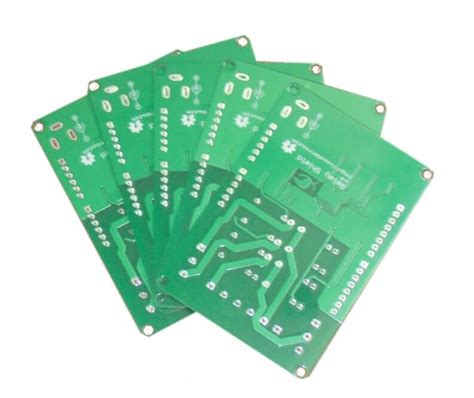The Purpose of Connecting a Resistor and Capacitor Between PCB GND and Chassis GND
Introduction
In electronic circuit design, the connection between a printed circuit board’s (PCB) ground (GND) and the metal chassis ground (often called earth ground or safety ground) is a critical consideration for both electromagnetic compatibility (EMC) and operational safety. A common practice in many designs is to place a parallel combination of a resistor and capacitor between these two ground references. This technical article explores the reasons behind this configuration, examining its benefits for noise reduction, EMC performance, and safety compliance.
Understanding Grounding Concepts
PCB Ground (GND)
The PCB ground serves as the common reference point for all components on the board. It provides the return path for signals and power currents and establishes the zero-voltage reference for all measurements on the board.
Chassis Ground
The chassis ground refers to the metal enclosure or frame that houses the electronic equipment. In many applications, this is connected to earth ground through the power cord for safety purposes.
The Potential Difference Problem
When a PCB is mounted inside a metal enclosure, there is often a small but non-zero potential difference between the PCB’s ground and the chassis ground. This can be caused by:
- Leakage currents from power supplies
- EMI/RFI pickup
- Ground loops in larger systems
- Static charge buildup

The RC Connection: Technical Rationale
1. High-Frequency Noise Control (Capacitor Function)
The capacitor in the RC network serves several important functions for high-frequency signals:
a) Creating a Low-Impedance Path for RF Noise:
At high frequencies (typically above 1 MHz), the capacitor presents a low-impedance path between the PCB ground and chassis ground. This helps to:
- Divert high-frequency noise currents to the chassis
- Prevent RF energy from radiating from the PCB
- Shunt externally induced RF interference to chassis before it enters the PCB
b) Maintaining High-Frequency Ground Reference:
The capacitor helps keep the PCB ground and chassis ground at the same potential for RF signals, which is crucial for:
- Preventing common-mode noise
- Maintaining signal integrity for high-speed circuits
- Reducing electromagnetic emissions
c) Typical Capacitor Values:
Common capacitor values range from 1nF to 100nF, with ceramic or film types preferred for their low inductance. The exact value depends on:
- The frequency range of concern
- The expected noise levels
- Safety considerations
2. DC Reference Control (Resistor Function)
The resistor in parallel with the capacitor addresses DC and low-frequency considerations:
a) Preventing Floating Ground Conditions:
The resistor provides a controlled DC path that:
- Prevents the PCB ground from “floating” to unpredictable voltages relative to chassis
- Limits potential differences that could affect sensitive analog circuits
- Discharges static buildup that could otherwise accumulate on isolated grounds
b) Controlling Leakage Currents:
The resistor value is chosen to:
- Limit fault currents to safe levels (important for safety certifications)
- Prevent large circulating currents that could create ground loops
- Typically ranges from 100kΩ to 1MΩ for most applications
c) ESD Protection:
The resistor helps dissipate electrostatic discharge (ESD) events gradually rather than allowing sudden discharges that could damage components.
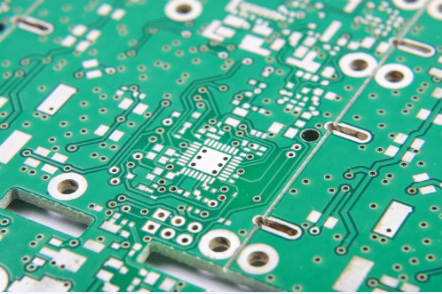
Design Considerations and Implementation
Component Selection
Capacitor Considerations:
- Type: Ceramic capacitors (X7R, X8R) or safety-rated film capacitors (Y-class)
- Voltage Rating: Should exceed maximum expected potential differences
- ESR/ESL: Low equivalent series resistance and inductance for effective RF bypassing
- Safety Ratings: In AC-line connected equipment, may require Y-rated capacitors
Resistor Considerations:
- Power Rating: Typically 1/4W to 1W depending on application
- Type: Metal film for reliability, sometimes fusible resistors for safety
- Value: High enough to limit currents, low enough to prevent voltage buildup
Placement and Layout
- The connection point should be carefully chosen (often near I/O connectors or power entry)
- Keep leads short to minimize inductance
- In multilayer boards, maintain solid ground planes up to the connection point
Safety Standards Compliance
The RC network must comply with relevant safety standards:
- IEC 60950 for IT equipment
- IEC 60601 for medical devices
- UL/EN 62368 for general electronic equipment
Key requirements include:
- Limiting leakage currents to safe levels (typically <0.5mA)
- Using safety-approved components
- Ensuring adequate creepage and clearance distances
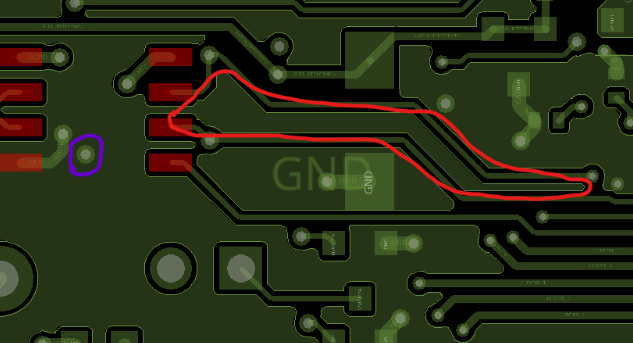
Alternative Configurations and Variations
1. Single Capacitor Only
Some designs use only a capacitor when:
- Complete DC isolation is required
- The system has other ground reference paths
- Potential differences are well-controlled
2. RC with Ferrite Bead
Adding a ferrite bead in series creates a more frequency-selective path:
- Provides additional attenuation at specific noise frequencies
- Maintains DC and low-frequency connection
- Can help with particular EMI problems
3. Multiple RC Networks
Complex systems might use multiple RC connections:
- At different points around the PCB perimeter
- With different values for broadband performance
- Near specific noise sources or sensitive circuits
Practical Applications
1. Industrial Controls
In noisy industrial environments, the RC network:
- Prevents ground loops between equipment
- Protects against conducted interference
- Maintains sensor accuracy
2. Medical Devices
For medical electronics, the configuration:
- Limits patient leakage currents
- Provides ESD protection
- Maintains signal integrity for sensitive measurements
3. Consumer Electronics
In audio/video equipment, the RC approach:
- Reduces ground hum in audio circuits
- Prevents video signal distortion
- Minimizes radiated emissions for FCC compliance
4. Automotive Electronics
In vehicles, this technique:
- Handles the harsh electrical environment
- Protects against load dump transients
- Maintains communication bus integrity

Troubleshooting Common Issues
1. Excessive Noise
If noise problems persist:
- Check capacitor value (may need adjustment)
- Verify capacitor ESR (should be low)
- Ensure proper connection to chassis
2. Safety Test Failures
If leakage current tests fail:
- Verify resistor value (may need to increase)
- Check for parallel paths
- Confirm proper safety component ratings
3. Ground Loops
If ground loops appear:
- Review system grounding scheme
- Check for multiple chassis connections
- Consider single-point grounding approaches
Conclusion
The practice of connecting a resistor and capacitor in parallel between PCB ground and chassis ground represents a carefully balanced solution that addresses multiple engineering requirements simultaneously. The capacitor provides an essential high-frequency path for noise currents while the resistor maintains controlled DC conditions and prevents floating potentials. Together, they offer an effective compromise between EMC performance and electrical safety.
This technique finds widespread use across industries because it elegantly solves several challenging problems:
- It controls electromagnetic interference in both directions (emission and immunity)
- It maintains system stability by preventing ground loops
- It meets stringent safety requirements for leakage currents
- It protects sensitive electronics from ESD and other transients
Engineers must carefully select component values and types based on their specific application requirements, considering factors such as operating frequency range, safety standards, and environmental conditions. When properly implemented, this simple RC network can significantly improve product reliability and performance while ensuring compliance with international standards.
As electronic systems continue to increase in speed and complexity while facing ever-stricter EMC regulations, understanding and properly applying these fundamental grounding techniques remains essential for successful product design. The PCB-to-chassis ground connection strategy, though seemingly simple, embodies the careful balancing act required in modern electronic design between performance, reliability, and safety.

